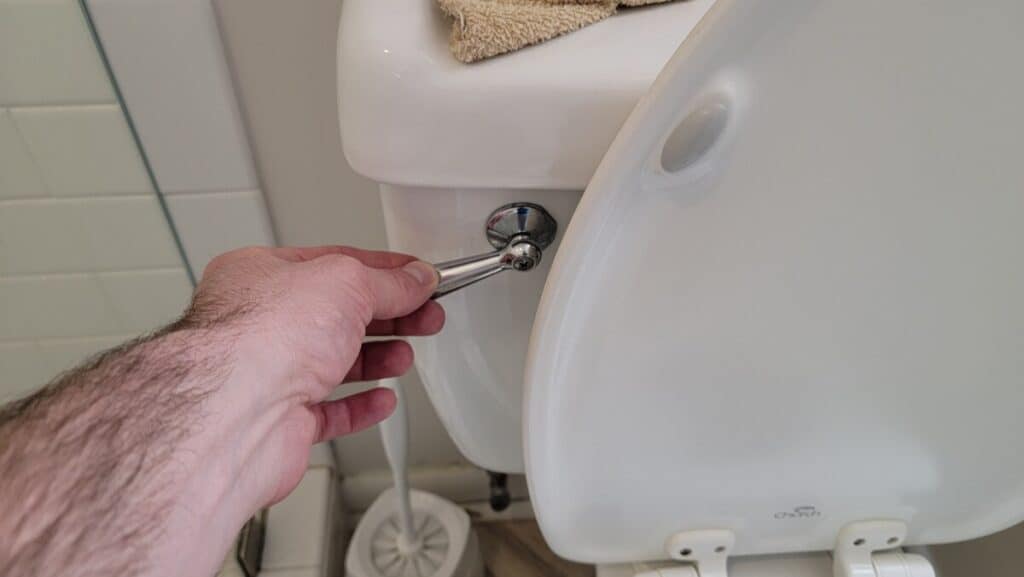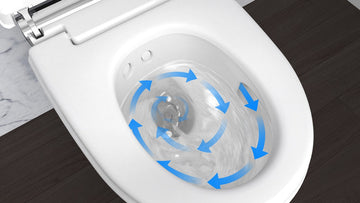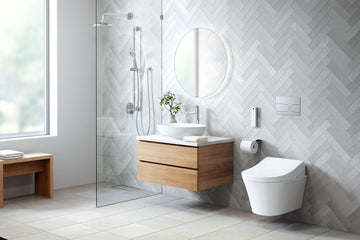As we navigate a time when environmental responsibility is critical, the interest in retrofits for water-saving toilets has dramatically increased. With global water supplies under pressure, both industries and homeowners are on the lookout for innovative strategies to diminish water usage. Embracing water-efficient technologies in sanitation is now more essential than ever. For professionals in industry quality assurance, grasping the details of these retrofits is paramount to ensure they function both effectively and reliably.
Water-saving toilets featuring advanced retrofitting options provide an effective way to make significant strides in water conservation. By implementing these technologies, industries can not only lessen their water consumption but also support a more sustainable future. This thorough guide will explore the different facets of retrofitting toilets to enhance water efficiency, examining the advantages, challenges, and, importantly, strategies for implementation that meet industry requirements.

Why is Retrofitting Toilets Important for Water Efficiency?
Adopting retrofitting techniques for toilets presents a smart approach for environmental and financial benefits. Conventional toilets can consume as much as 3.5 gallons per flush, while contemporary, water-saving models utilize significantly less, often around 1.28 gallons per flush. This remarkable reduction in water use leads to considerable savings on water bills, making it a financially savvy option for both businesses and residences.
Furthermore, retrofitting doesnt strictly mean replacing the entire toilet system. It can include upgrading various components, such as flush and fill valves, to improve water efficiency. This adaptability enables customized solutions that fit particular needs and limitations, ensuring that retrofitting is both practical and budget-friendly.
Technology Behind Water-Saving Retrofits
The technology that supports water-saving retrofits is innovative and functional. Among the widely used technologies are dual-flush systems, pressure-assisted flushing, and gravity-flush toilets. For instance, dual-flush systems provide the option of selecting a full or half flush, allowing users to adjust the water volume based on whether they are disposing of liquid or solid waste. This straightforward yet effective system can lead to reductions in water usage of up to 67%.
Pressure-assisted flush systems harness air pressure to propel water into the toilet bowl, enabling a forceful flush while utilizing less water. Such systems are particularly advantageous in high-traffic commercial environments. Conversely, gravity-flush toilets depend on gravitational force for effective flushing, with modern designs optimizing water flow for enhanced efficiency.
Challenges to Consider While Retrofitting
Despite the clear advantages of retrofitting toilets for water efficiency, there are various challenges and considerations that need to be taken into account. The upfront costs involved in retrofitting may deter some, although the savings on water bills in the long run often make it worthwhile. Additionally, it is crucial to assess whether retrofit components are compatible with existing plumbing systems to ensure smooth integration.
Professionals focused on quality assurance must also pay attention to the regulatory standards and certifications tied to water-saving technologies. Complying with environmental regulations and securing necessary certifications is vital for guaranteeing the effectiveness and reliability of retrofit solutions. Helpful resources, such as the EPA's WaterSense program, provide insights into certified water-efficient products. For further insights into how water-saving toilets can help prevent leaks, check out preventing leaks.
Step-by-Step Guide to Implementing Water-Saving Retrofits
The implementation of water-saving retrofits necessitates a structured approach for successful results. Initiating the process involves a thorough evaluation of the existing plumbing system to pinpoint areas for potential enhancements. This analysis aids in identifying the most appropriate retrofitting options that cater to the specific needs and constraints of the facility.
After selecting the right retrofit components, the installation can commence. It is recommended to engage experienced professional plumbers specializing in water-efficient technologies to ensure correct installation and operational performance. Additionally, ongoing maintenance and monitoring are essential for preserving the efficiency and durability of the retrofitted systems.
For those looking for more strategies on conserving water and employing water-saving technologies at home, the Seametrics blog offers valuable tips. For insights on how to utilize a water sensor, consider exploring their effective applications.

The Future of Water-Saving Innovations
As industries increasingly focus on sustainability, the demand for groundbreaking water-saving technologies is projected to rise. The advent of smart toilets, which feature sensors and advanced analytics, signifies a new era in water efficiency. These sophisticated systems can monitor water usage in real-time, delivering essential data to further enhance conservation initiatives.
Quality assurance professionals have a pivotal role in fostering the implementation of these technologies by ensuring they meet stringent performance and reliability standards. Keeping up-to-date with the most recent developments in water-saving technologies is essential for industry leaders dedicated to pursuing sustainability.
Frequently Asked Questions About Water-Saving Toilet Retrofits
Q1: How much water can be conserved through toilet retrofitting?
A1: Retrofitting toilets can conserve up to 67% of water usage, depending on the technology used. Both dual-flush systems and pressure-assisted flushing are exceptionally effective at curtailing water consumption.
Q2: Are there any incentives available for retrofitting toilets?
A2: Indeed, many governmental entities offer incentives and rebates for the installation of water-efficient technologies. Checking with local utilities and environmental agencies can provide information on available incentives.
Q3: What obstacles arise while retrofitting toilets?
A3: Typical challenges include the initial retrofitting costs, compatibility with current plumbing, and ensuring conformity with regulatory standards. Partnering with skilled plumbers and staying updated on certifications can help alleviate these issues. For practical guidance on installing water-saving toilets, please visit the Wagner Mechanical blog.
To discover more about low-flow toilets, check out this external link for detailed insights: How Low-Flow Toilets Work.






